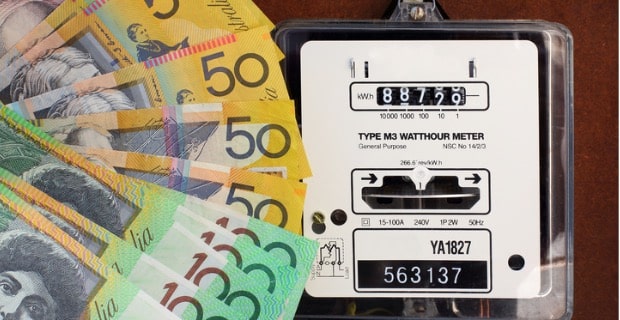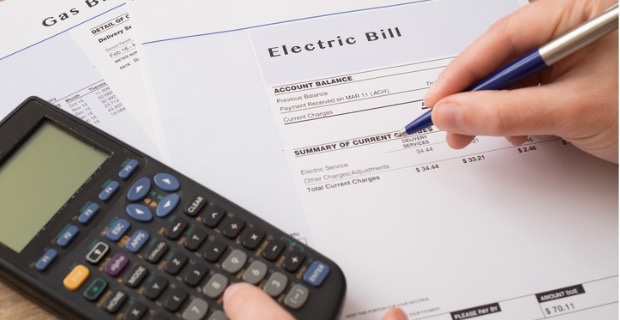A new report shows a solar energy boom as electricity price rises start to bite. The electricity price hikes are driving a boom in rooftop solar with installations at their second highest levels.
In this article, Energy Matters looks into why this is happening. What is the outlook for households and small businesses? And what will happen to power prices in 2018?
Green Energy Markets’ Renewable Energy Index shows more than 100 MW of rooftop solar was installed across Australia in October. It’s only the second time solar panel installations have gone over 100 MW in a single month. The first time was back in June 2012, when much higher solar subsidies were available.
Energy prices are set to rise provoking a solar energy boom
Across the country, 15,736 solar systems were installed in October. The solar energy boom comes as a report released on Tuesday found gas prices were up 16 per cent in Victoria and electricity prices surged by 5 per cent in 2016-17.

Lobby group GetUp’s environmental justice director Miriam Lyons said people are sick of power companies ripping them off.
“It’s quite clear that crippling electricity bills are driving people to install more solar panels, to take advantage of the free, clean energy the sun provides every day,” she said.
Why are electricity prices rising?
One cause of rising energy prices is that governments in Australia cannot work out a constructive policy. Also, more competition among retailers has not led to price reductions. Energy infrastructure is aging and Australia is being left behind in the renewable energy race.
Investment in network infrastructure has also contributed to price increases. Energy is an essential resource for Australian households, but it’s also a business. A recent report from the Grattan Institute found many Australians are paying more than they need to.
That report also highlights that the way retailers advertise their discounts is confusing. Even consumers who take advantage of discounts can end up paying much higher prices when their contract expires. Electricity is an essential service without substitutes. So many consumers feel stuck and simply give up.

Renewables driving price reductions
Renewables will drive the first wave of price reductions under the National Energy Guarantee (NEG) policy. Work by Frontier Economics, obtained by Guardian Australia, forecasts a steep drop in wholesale electricity prices between 2018 and 2022.
However, this decrease is due to the entry of 6,000 MW of renewable capacity, which has already been prompted by the existing Renewable Energy Target (RET) – which expires in 2020.
The NEG imposes new reliability and emissions reduction guarantees on energy retailers and large energy users from 2020. It could also cause further market concentration in states like South Australia.
The steep decline in wholesale energy prices from 2018 to 2022 will result in more competitive bidding from coal and gas.
The report also forecasts household power bills between 2020 and 2030 will be around $120 per year lower in today’s dollars, if the NEG is applied across the National Electricity Market.
A guarantee for higher prices in South Australia?
The National Energy Guarantee (NEG) requires cooperation from the states because each state needs legislation to apply the policy. But some of the Labor governments, particularly South Australia, are hostile to it.
South Australian Energy Minister Tom Koutsantonis said the Frontier modelling showed the Turnbull Government policy would be “a guarantee for higher prices in South Australia. There is nothing here for South Australia.”
Victorian Energy Minister Lily D’Ambrosio said Federal Energy Minister Josh Frydenberg “is more interested in briefing newspapers than COAG partners”.
“We won’t commit to a political fix for Malcolm Turnbull,” she said. “We will deliver an energy policy that ensures Victorian families and businesses get the affordable, reliable, clean energy they deserve.”
What will happen to electricity prices in 2018?
Power bills will rise significantly from the beginning of 2018. Energy Australia is raising its prices: electricity prices are jumping by almost 15 per cent, gas is going up 13.5 per cent. The Herald Sun reports that other retailers will lift their prices too.
Interviewed by Daily Mail Australia, financial comparison website Mozo’s spokeswoman Kirsty Lamont recommended customers shop around for their power.
“If you have been with the same provider for years, chances are you are paying a lot more that you could be,” she said.
This all goes to show that using renewable energy and fitting solar panels can help you dodge price increases. For more and more Australian households and small businesses, renewable energy is providing a cheaper alternative.












































